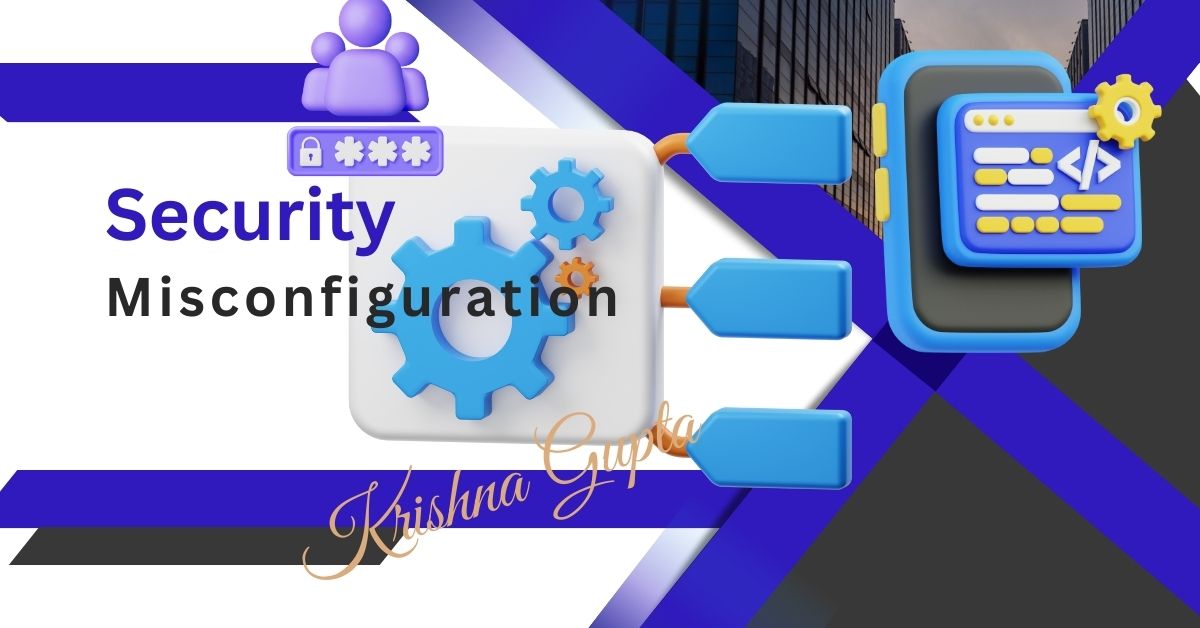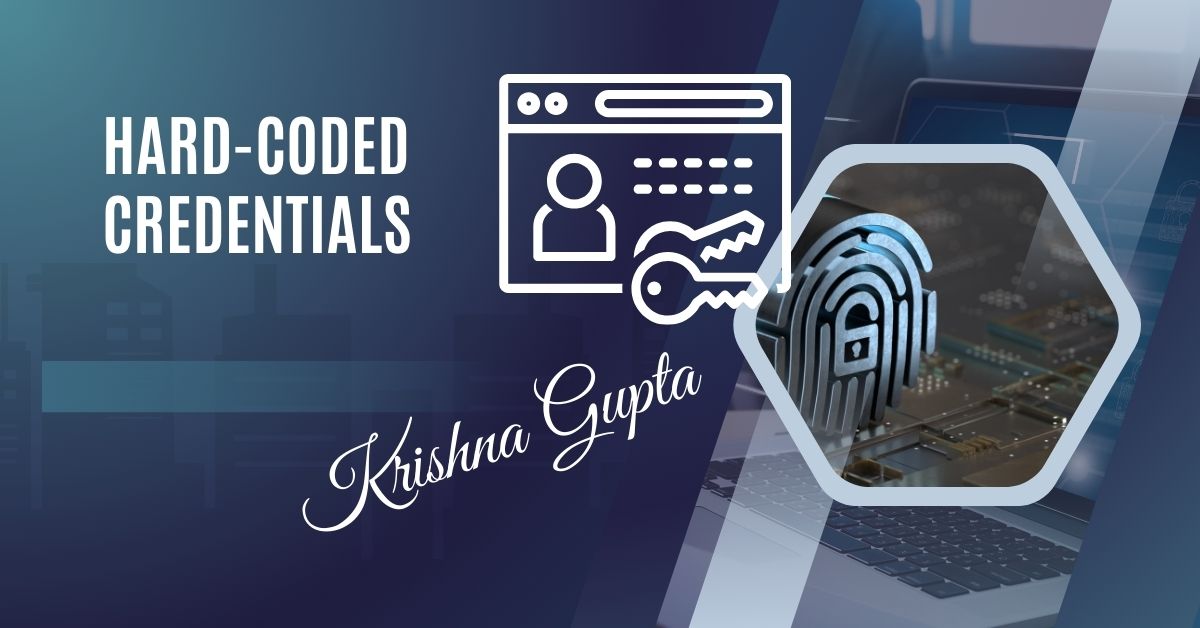Security Misconfiguration: A Comprehensive Guide for Software Architects
Security misconfiguration occurs when system security settings across application stacks—such as servers, databases, and networks—are inadequately implemented or left in their default states. These missteps expose critical vulnerabilities that attackers can exploit.




